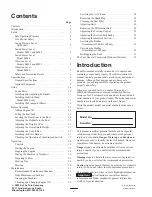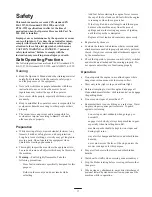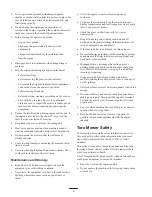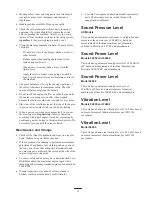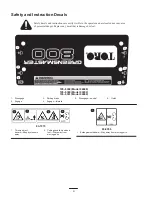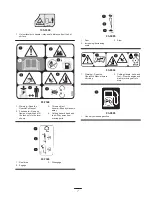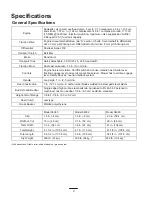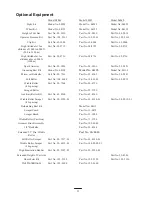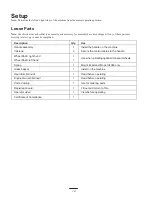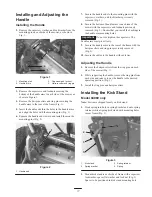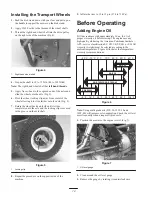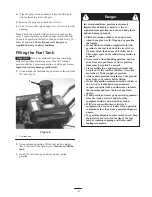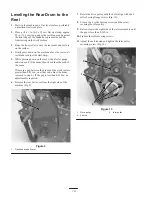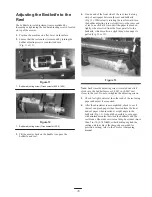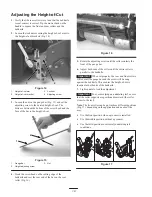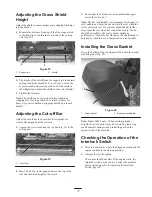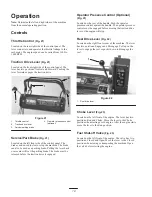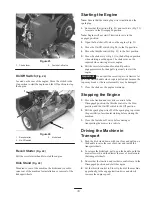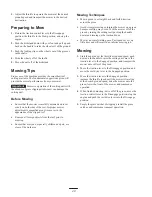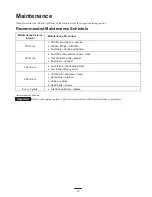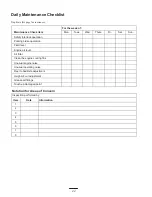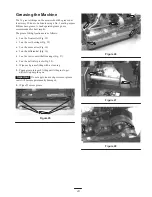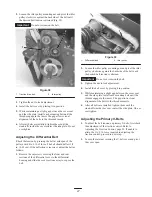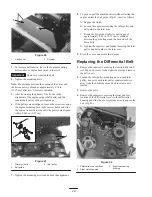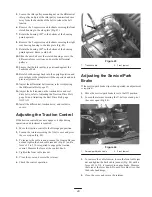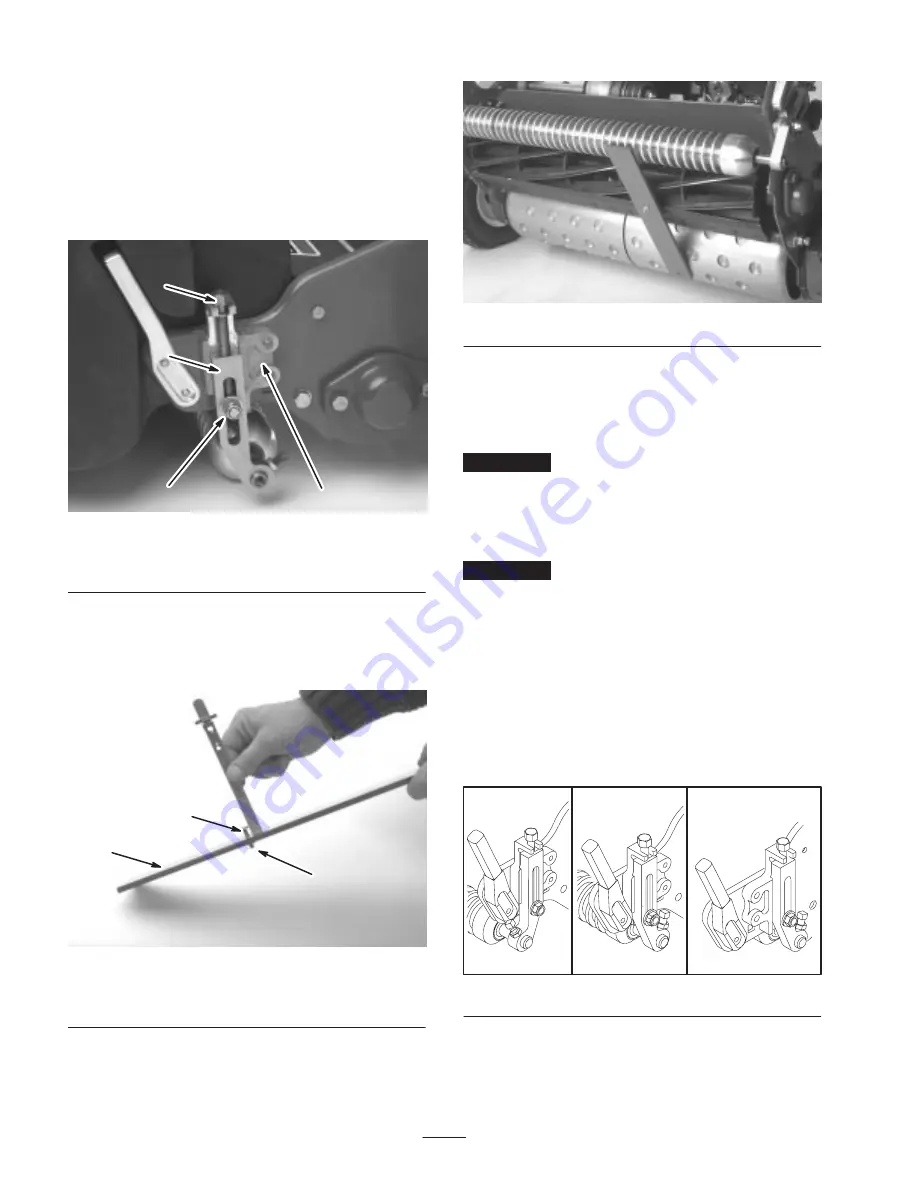
16
Adjusting the Height-of-Cut
1. Verify that the rear roller is level and that the bedknife
to reel contact is correct. Tip the mower back on the
handle to expose the front and rear rollers and the
bedknife.
2. Loosen the locknuts securing the height-of-cut arms to
the height-of-cut brackets (Fig. 14).
1
4
2
3
Figure 14
1.
Height-of-cut arm
2.
Height-of-cut bracket
3.
Locknut
4.
Adjusting screw
3. Loosen the nut on the gauge bar (Fig. 15) and set the
adjusting screw to the desired height-of-cut. The
distance between the bottom of the screw head and the
face of the bar is the height-of-cut.
1
2
3
Figure 15
1.
Gauge bar
2.
Height adjusting screw
3.
Nut
4. Hook the screw head on the cutting edge of the
bedknife and rest the rear end of the bar on the rear
roller (Fig. 16).
Figure 16
5. Rotate the adjusting screw until the roller contacts the
front of the gauge bar.
6. Adjust both ends of the roller until the entire roller is
parallel to the bedknife.
Important
When set properly, the rear and front rollers
will contact the gauge bar and the screw will be snug
against the bedknife. This ensures the height-of-cut is
identical at both ends of the bedknife.
7. Tighten nuts to lock the adjustment.
Important
To avoid scalping on undulating turf, ensure
that the roller supports are positioned rearward (the roller
closer to the reel).
Note: The front roller can be put in three different positions
(Fig. 17), depending on the application and needs of the
user.
•
Use the front position when a groomer is installed.
•
Use the middle position without a groomer.
•
Use the third position in extremely undulating turf
conditions.
Figure 17

